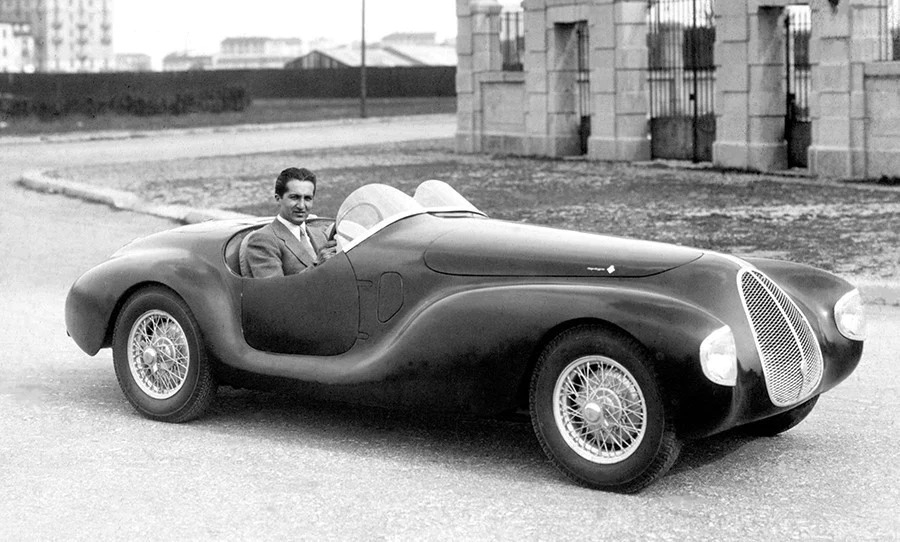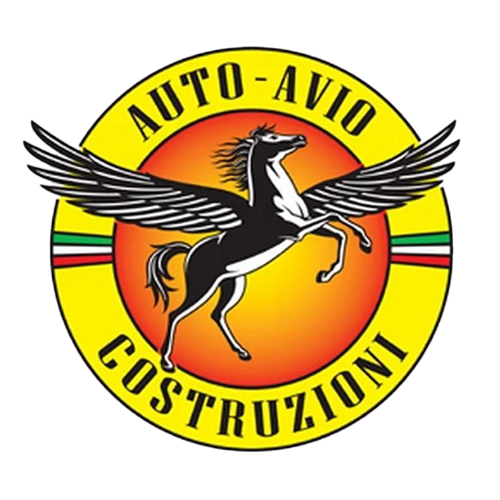Auto-Avio Costruzioni

Modena, Emilia-Romagna, Italy
About
Since its founding in 1929, Scuderia Ferrari had been championing the Alfa Romeo marque through international racing success. However, after years of teetering on the edge of bankruptcy, the government-led holding company IRI (Istituto per la Ricostruzione Industriale) purchased Alfa Romeo in 1933.
They sought to refocus the company, growing it into an industrial giant. Racing, however, was less of a priority, resulting in Scuderia Ferrari overseeing all competition efforts. Their funding was still very much independent, and a string of lacklustre designs and results brought Alfa Romeo to rethink the Scuderia’s situation.
Struggling behind the might of the German Silver Arrows, 1937 saw Alfa Romeo’s decision to absorb Scuderia Ferrari, purchasing an 80% stake, relocating them to Portello and rebranding as Alfa Corse. Despite making him wealthy, this diluted Enzo Ferrari of the independent control he had grown accustomed to, and, less than two years later, frequent disputes with management led him to be terminated from Alfa Romeo for good.
Agreed as part of his severance, Ferrari was contractually obligated to prevent the re-establishment of Scuderia Ferrari for at least four years. Resuming control of his former Modena premises (which in the interim became a service and logistics centre for Alfa Corse cars), he formed a new company, Auto-Avio Costruzioni (AAC), in September 1939.
Within mere months, Ferrari had agreed to build a pair of racing cars for wealthy friend Lotario Rangoni Machiavelli. With their target debut of the Mille Miglia just four months away, Ferrari’s team started with the production Fiat 508 C as a base.
With a body from Carrozzeria Touring and a 1.5-litre straight-eight engine, the resulting 815 showed potential but ultimately made its quick development time obvious with poor reliability. However, the Second World War was looming, and AAC was declared ‘auxiliary’ to the war effort.
All employees became mobilised civilians and AAC turned its focus onto supplying the Fascist government with industrial equipment, notably light aircraft engines, gearboxes and precision grinding machines, used to produce ball bearings. Moving to the quieter (and therefore less targeted) Maranello, AAC continued industrial production until the German control of Italy in 1943, when Ferrari sought self-preservation through collaboration with both the occupiers and the Italian resistance movement.
Two years later, Ferrari transitioned to motorcar development and released its first model, the 125 S, in 1947.


Videos
Empty List
Gallery
No images available.










